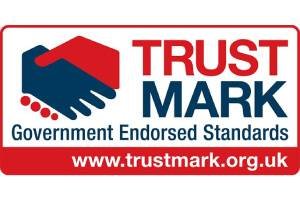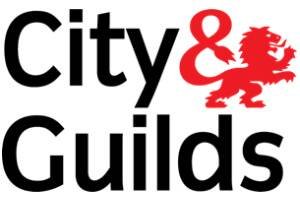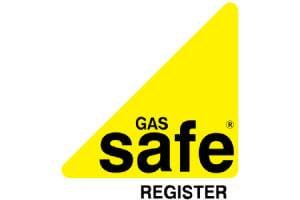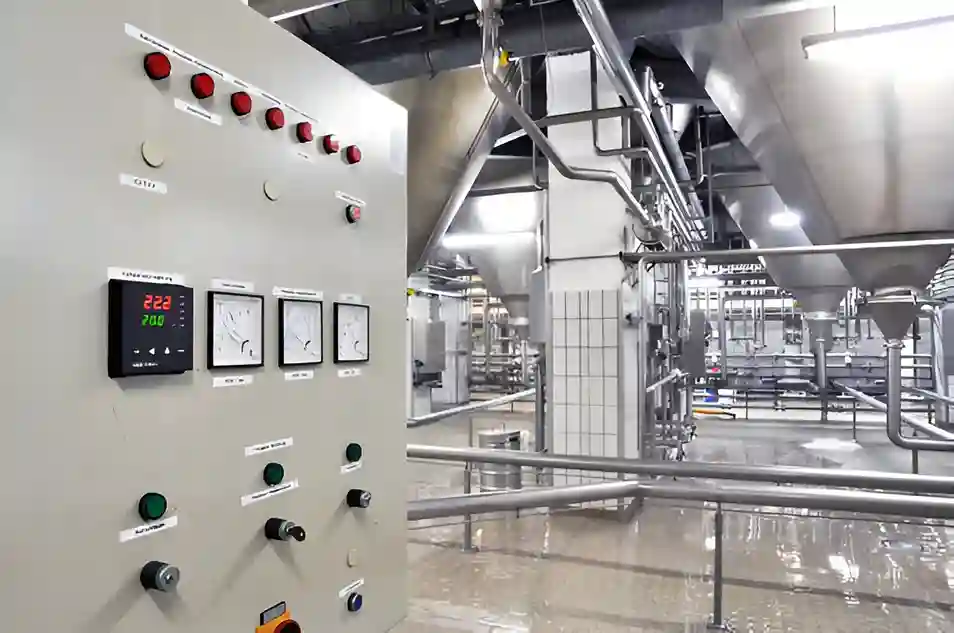
For London residents, the significance of an Electrical Installation Condition Report (EICR) cannot be overstated. It provides an integral assessment of electrical safety in homes, ensuring compliance with legal obligations. Landlords need to obtain this report every five years, with homeowners encouraged to do the same. However, many are unaware of the specific implications and processes involved. Understanding these factors can reveal essential insights into property safety and value.
Key Takeaways
- An EICR evaluates the safety of electrical installations, identifying hazards and required remedial measures for homes in London.
- Homeowners are advised to get an EICR for safety reasons; it’s a legal requirement for landlords to have one every five years or whenever a tenancy changes.
- The inspection procedure involves a visual inspection and testing to confirm compliance with current safety standards.
- Not having a valid EICR in London increases the risk of electrical hazards, potential legal problems for landlords, and can result in costly damages.
- Carrying out regular EICR in London boosts property safety, helps comply with regulations, and can even increase property value by maintaining electrical systems in good condition.
EICR Explained: What It Means for Your Property
Electrical Installation Condition Reports (EICRS) assess the safety and condition of electrical systems to ensure they meet safety standards. It identifies possible dangers, defects, and any deterioration in the electrical installation that may put occupants at risk.
In London, where many properties are older, having an EICR is particularly important. Regular inspections help property owners keep homes safe and prevent electrical accidents. The report sets out any necessary remedial actions, if required, to address issues identified during the assessment.
Furthermore, landlords are required by law to provide a valid EICR in London to tenants, ensuring that rental properties meet safety standards. As a result, getting an EICR not only improves safety but also meets legal requirements, safeguarding both property owners and occupants from possible electrical dangers.
Why Electrical Installation Condition Reports Matter in London
Electrical Installation Condition Reports (EICRs) are significant in upholding safety standards across London’s varied housing scene. These reports evaluate the safety and performance of electrical installations, ensuring compliance with current regulations. Considering the age and diversity of properties in London, EICRs are exceptionally vital for spotting potential hazards, such as faulty wiring or overloaded circuits, which could cause electrical fires or shocks.
EICR Compliance in London: Who Does the Law Apply To?
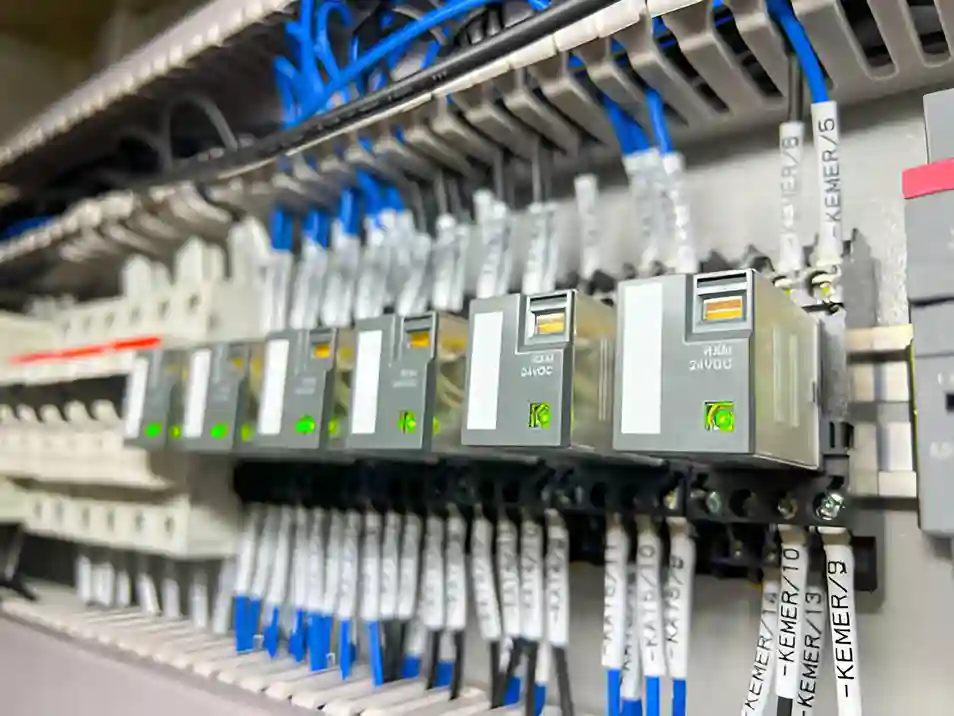
Under UK law, there are specific requirements for determining who is responsible for obtaining an Electrical Installation Condition Report (EICR).
Landlords are mainly responsible for making sure that the electrical installations in their rental properties are safe and up to code. The law requires them to get an EICR every five years or when a tenancy changes.
Homeowners in London are not legally obliged to obtain an EICR, but it is highly recommended for their safety and that of their visitors. Commercial property owners must also follow regulations, making sure their electrical systems are inspected and certified regularly.
Furthermore, local authorities may have their own guidelines that could impact EICR requirements. It’s essential to understand these obligations to ensure safety standards and compliance are met across properties in London.
Recommended Frequency for EICR in London Properties
It’s recommended that EICR in London be carried out every ten years in residential properties. However, for rental properties, the regulations require testing at least every five years or whenever a new tenancy starts.
Commercial properties may require inspections more frequently, typically every three to five years, depending on the business and electrical setup. Properties used for short-term rentals might need even more regular checks to ensure safety compliance.
Furthermore, any significant modifications to the electrical system or shifts in usage may require immediate testing. Following these guidelines helps ensure the safety of occupants and minimises the risk of electrical hazards, supporting overall property management and accountability.
Step-by-Step Process of an EICR in London
An EICR in London entails a detailed evaluation of a property’s electrical systems to guarantee safety and adherence to regulations. The process usually follows several key steps, starting with a visual examination of the electrical components and circuits. Next, the inspector carries out a series of tests to verify the functionality and safety of the installations. Finally, any issues found are documented, resulting in the issuance of the Electrical Installation Condition Report.
| Step | Description | Outcome |
|---|---|---|
| Visual assessment | Examine wiring, sockets, and fittings | Recognise visible defects |
| Testing | Conduct tests on electrical circuits | Assess safety and performance |
| Documentation | Compile findings in a report | Create Electrical Installation Condition Report |
| Recommendations | Suggest necessary repairs or upgrades | Validate continued compliance |
By following this structured approach, we can validate that the electrical systems are safe for use.
Key Responsibilities of Landlords and Business Owners in London
Landlords and business owners in London have a considerable responsibility to ensure electrical safety in their properties. They must ensure that all electrical installations are safe and properly maintained to protect tenants, staff, and visitors. This involves carrying out regular inspections and obtaining Electrical Installation Condition Reports (EICR) at least every five years.
Landlords must provide tenants with the EICR report within 28 days of inspection to ensure transparency about electrical safety. They must also deal with any issues found promptly, making sure that any necessary repairs or upgrades are done on time.
Business owners must also follow safety regulations and establish a regular maintenance program for their electrical systems.
Common Electrical Faults Found During EICR in London
Regular inspections and maintenance are essential for electrical safety, but many faults are detectable during Electrical Installation Condition Reports (EICR) in London. These faults can pose significant risks, necessitating prompt attention. Among the prevalent issues are substantial:
- Damaged cables: Exposed or frayed wiring that compromises insulation.
- Incorrectly rated circuit breakers: Devices that do not match the load requirements, risking overload.
- Poor earthing: Inadequate grounding that can lead to electric shock hazards.
- Loose connections: Terminals and plugs that are not securely attached, increasing the risk of arcing.
- Outdated installations: Older systems that fail to meet current safety standards.
Detecting faults during an EICR in London is imperial for safety and compliance. Regular checks reduce risks and enhance electrical safety.
Cost Factors Affecting Your EICR in London
Although several factors can affect the cost of an EICR in London, the primary considerations usually involve the property’s size, the complexity of the electrical systems, and the specific requirements of the inspection.
Properties with a larger size often have higher costs due to the extra time and resources required for a thorough assessment. Moreover, properties with complex electrical setups may need more detailed evaluations, which can also increase costs.
Another major factor is the location within London, as different areas may have different pricing standards based on demand and local market conditions.
Additionally, the choice of inspection provider can impact the cost; established firms may charge more than smaller operators. Lastly, any previous electrical issues that require further investigation can increase the overall expense, highlighting the importance of considering these cost factors when planning for an EICR.
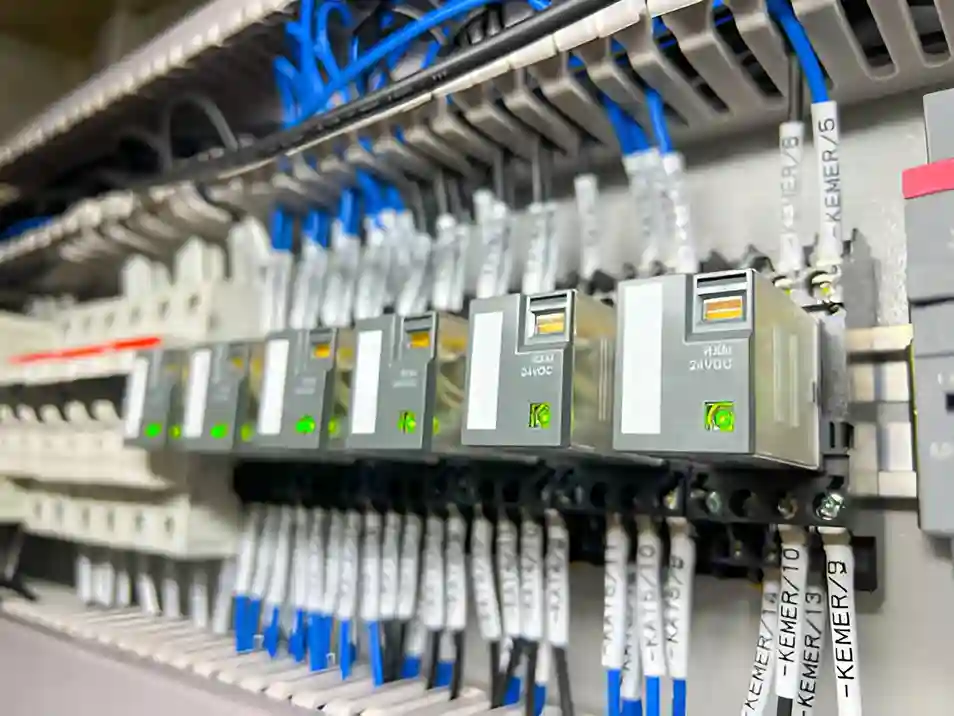
Why London Property Owners Should Invest in Regular EICRs
Electrical safety is of utmost importance in any property, and carrying out regular Electrical Installation Condition Reports (EICRs) in London brings significant benefits for both safety and compliance. These reports ensure that electrical systems are working correctly and comply with safety regulations, reducing the risks associated with electrical faults. The benefits include:
- Improved peace of mind for homeowners and tenants, knowing their electrical systems are safe.
- Early detection of possible risks helps prevent expensive repairs and ensures long-term safety.
- Higher property value, as well-maintained electrical systems are appealing to buyers and insurers.
Risks of Not Having a Valid EICR in London
Neglecting to obtain a valid Electrical Installation Condition Report (EICR) can lead to significant risks for property owners and tenants in London. Without this essential safety certificate, electrical hazards may go undetected, increasing the likelihood of fires, shocks, or equipment failures.
What’s more, in the event of an electrical incident, not having a valid EICR can lead to legal consequences for landlords, including substantial fines and possible liability claims.
Insurance companies may also reject claims if a valid EICR in London is not in place, leaving property owners financially vulnerable.
Frequently asked questions.
Conclusion
Overall, obtaining an EICR in London is essential for ensuring electrical safety and complying with legal requirements. Regular inspections not only safeguard residents from potential hazards but also boost property value. Landlords must meet their legal obligations, while homeowners enjoy the peace of mind that comes with a well-maintained electrical system. Failing to obtain a valid EICR poses serious risks, making it essential for all property owners to prioritise this important certification.


